Breakthrough development
The construction materials industry has made significant progress in production capacity in recent years. Before 2010, many of Vietnam's main construction materials products such as clinker, ceramic tiles, sanitary ware, and construction glass still had to be imported to serve domestic construction.
However, up to now, construction material manufacturing enterprises have basically met the demand for construction and infrastructure development nationwide. Many products have entered the export market such as clinker, energy-saving glass, ceramic tiles, paving stones, sanitary porcelain, industrial lime, etc.

These achievements not only help increase output and production efficiency but also contribute to improving the position of the industry in the international market. The production capacity of some important construction materials such as cement, ceramics, and construction glass has increased from several dozen to hundreds of times after 40 years of development.
Along with that, the value of construction materials production is constantly increasing, the contribution rate of the construction materials industry to GDP is increasingly significant. By the end of 2023, the contribution of the construction materials industry to Vietnam's GDP will account for about 6 - 7%.
According to the Institute of Construction Materials (Ministry of Construction), the cement industry in our country began to form in the early 20th century with the establishment of the Hai Phong Cement Factory, using French vertical kiln technology including 2 lines with a capacity of 20,000 tons/year.
By 1927, rotary kiln technology was first introduced to this factory, increasing the industry's capacity to 2.6 million tons/year. However, domestic cement production facilities in the previous period were mainly vertical kilns, dry methods or used small capacity wet rotary kilns (average 20,000 - 150,000 tons/line/year) and were considered to be technologies that consumed a lot of fuel and energy, and the products produced were not of high and stable quality.
Chairman of the Vietnam Cement Association Nguyen Quang Cung shared that in the dawn of Vietnamese cement, factory investment projects were built in many regions of the country.
However, at that time, Vietnamese cement enterprises were small in terms of finance, technology and the consumption market supply was smaller than demand. At that time, cement factories in Vietnam mainly used mid-range technology, investment costs were not too high... That was the reason why corporations with modern technology had difficulty winning bids because the bidding price was often higher.
With the starting point of the Vietnamese cement industry using outdated technology and low production capacity, up to now, all of our country's cement production lines use dry rotary kilns with a 2-branch heat exchange calciner system, 5-6 floors high, with a capacity of 4,000-12,500 tons of clinker/day, turning Vietnam from an importer to an exporter of cement with the largest output in Southeast Asia and the third in the world.
Regarding ceramic tiles, after 1985, production did not have an advanced technological line. By 1993, a ceramic tile line with a capacity of 1 million m2/year (Welko, Italy) was invested by Viglacera at the Hanoi Ceramic Tile Factory (Thanh Xuan, Hanoi).
This is the first advanced production line invested, using spray drying technology to dry the ingredients and a coal kiln to fire the product. By 1996, the first granite tile production line was invested and put into operation at Thach Ban Tile Company (Gia Lam, Hanoi), producing mirror-polished tiles with superior surface hardness due to the use of polishing instead of enamel coating.
To date, the country has 83 invested factories, with a total capacity of 831 million m2/year and is one of the 10 largest construction ceramics producing countries in the world, not only meeting domestic demand but also participating in the export market to many countries around the world. In 2023, exports reached nearly 58 million USD in revenue.
Meanwhile, for sanitary porcelain, before 1995 there were only 2 factories with a total production capacity of about 800,000 products/year, the production technology was not synchronized, the kiln system mainly used shuttle kilns (Shuttle box kilns), or old generation tunnel kilns, the factory's production stages were mainly manual so the products had low quality. 30 years later, the production capacity has increased nearly 200 times from 135,000 products/year to 26.5 million products/year, the production output is approximately 15 times to 13.6 million products in 2023.
Construction glass also recorded impressive numbers, when total production capacity increased 57 times from 5.8 million m2/year in 1994 to 331 million m2/year in 2023, ranking among the countries with large glass output in Southeast Asia...
New opportunities
The demand for construction materials in our country is still very large because the national housing area is still low, the urbanization rate is only about 43%, and the infrastructure system for transportation and energy is not complete.
However, in recent years, the domestic construction materials industry has encountered difficulties, with both consumption and revenue decreasing, leading to the risk of stagnation in production and business of enterprises, job losses for many workers, affecting the socio-economic development of the country.
Enterprises in the fields of infrastructure construction, construction materials such as steel, cement, asphalt, logistics, civil real estate and industrial parks are expected to benefit from increased public investment in 2025.
According to some experts, public investment often accompanies large projects such as the construction of highways, bridges, airports, hospitals, schools, urban areas, etc. These projects require a huge amount of construction materials, including cement, steel, sand, stone, bricks, glass, aluminum and other materials. Therefore, public investment increases the demand for construction materials.
With the increasing demand from public investment projects, construction material manufacturers will have to expand their production scale or increase their production capacity to meet market demands. This will not only help the industry develop but also contribute to creating more job opportunities in the material production and supply industry.
As the government increases public investment, building material manufacturers will have the opportunity to sell steadily over a long period of time. This creates stability for the industry, helping to reduce fluctuations in building material prices, especially in the context of the real estate market and private projects that can be greatly affected by economic cycles.
For example, the North-South Expressway Phase 2 project with a total investment of VND146,990 billion, 729km long, has started construction since 2023 and is expected to be basically completed in 2025, operating from 2026. Along with that, a number of other key projects such as Long Thanh Airport, Ho Chi Minh City Ring Road 3 and Ring Road 4 - Capital Region are also being accelerated.
In particular, the North-South high-speed railway project with a total investment of 67.3 billion USD, expected to start construction in 2027 and be completed in 2035, will create a construction market worth 33.5 billion USD, opening up great opportunities for businesses in the infrastructure and materials construction industry.
For enterprises, Mr. Le Trung Thanh - Director of the Department of Construction Materials emphasized that it is necessary to proactively innovate, flexibly apply high technology, digital transformation, green transformation, and circular economy.
Promote investment cooperation, transfer of science, technology, and business management to help save raw materials and fuel, improve labor productivity, product quality, and protect the environment.
On the other hand, construction material enterprises also need to focus on implementing innovation, applying modern production technology and management methods, improving productivity, quality, reducing product costs; diversifying construction material products, suitable for different types of construction works, climate conditions, and regions; increasing production of construction material products to replace imports to meet market demand; searching for and expanding markets, promoting the export of construction material products...
With the Prime Minister's issuance of Decision No. 1681/QD-TTg dated December 28, 2024 assigning additional and adjusting the medium-term public investment plan of the central budget for the period 2021 - 2025 and adjusting the public investment plan of the central budget in 2024 of ministries, central agencies and localities, it is expected that public investment will be quickly promoted from the beginning of 2025.
Source: https://kinhtedothi.vn/nganh-san-xuat-vat-lieu-xay-dung-tung-buoc-nang-cao-vi-the.html





![[Photo] Prime Minister Pham Minh Chinh receives Mr. Jefferey Perlman, CEO of Warburg Pincus Group (USA)](https://vstatic.vietnam.vn/vietnam/resource/IMAGE/2025/4/18/c37781eeb50342f09d8fe6841db2426c)


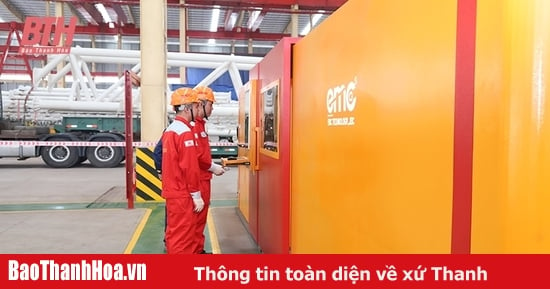



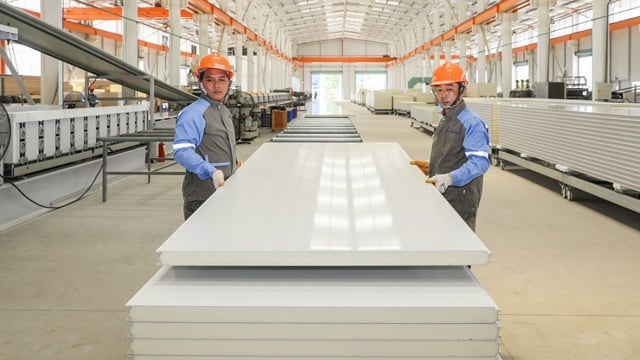





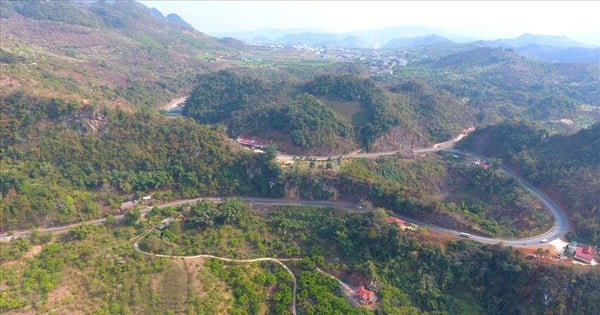
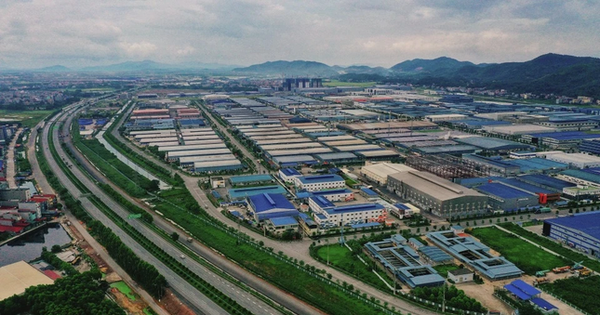
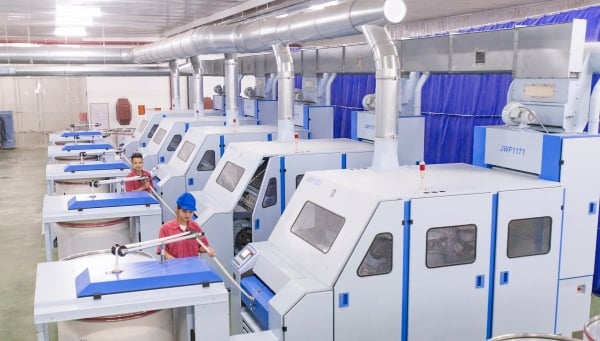
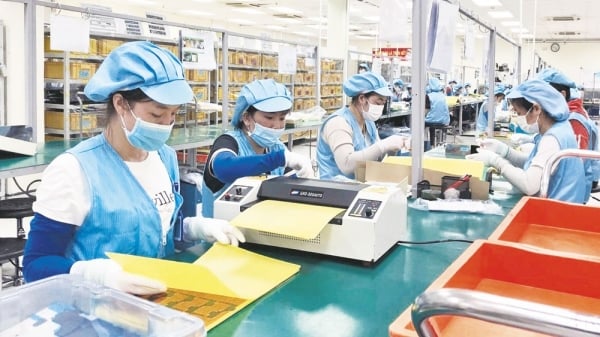
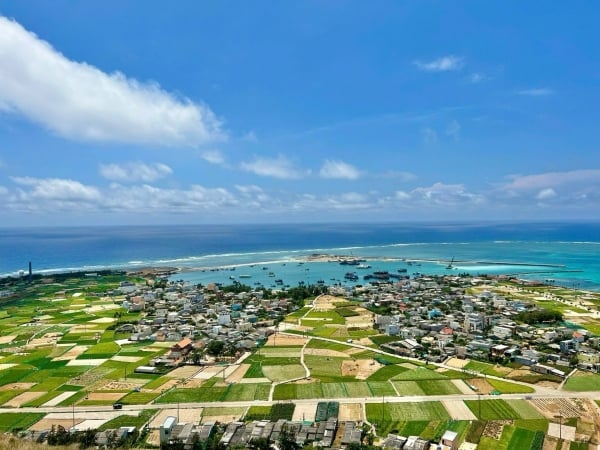






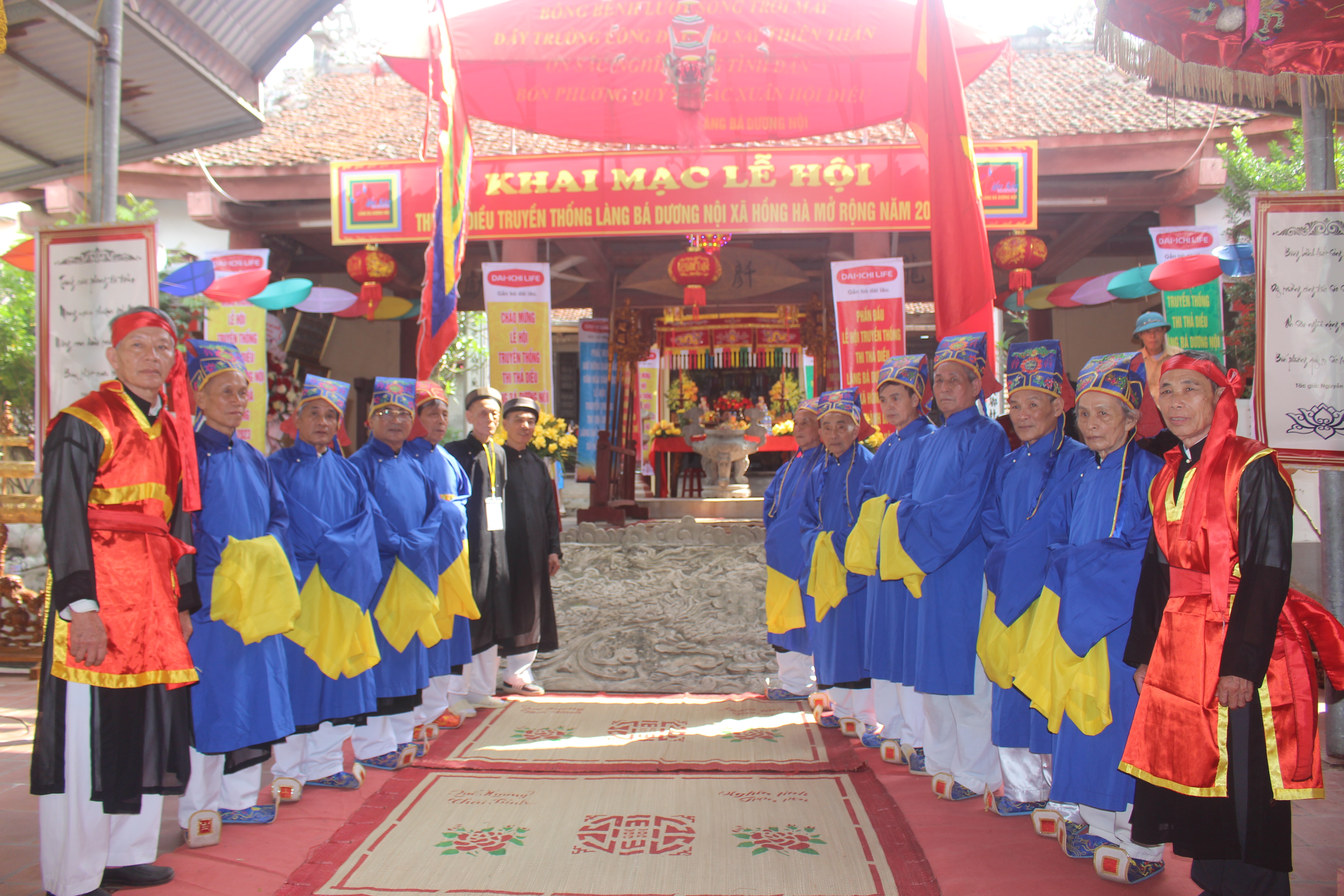









































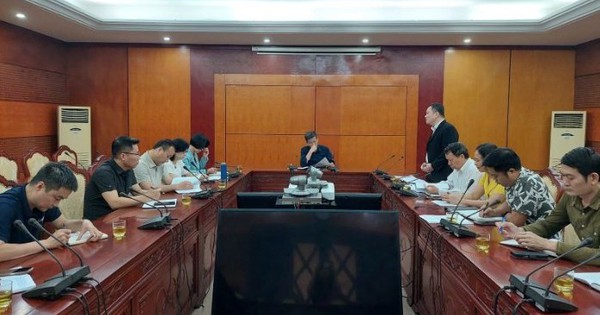





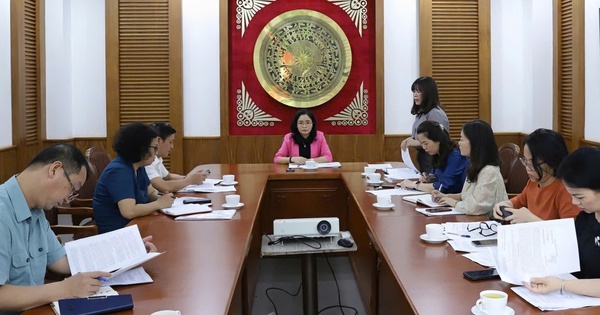





















Comment (0)